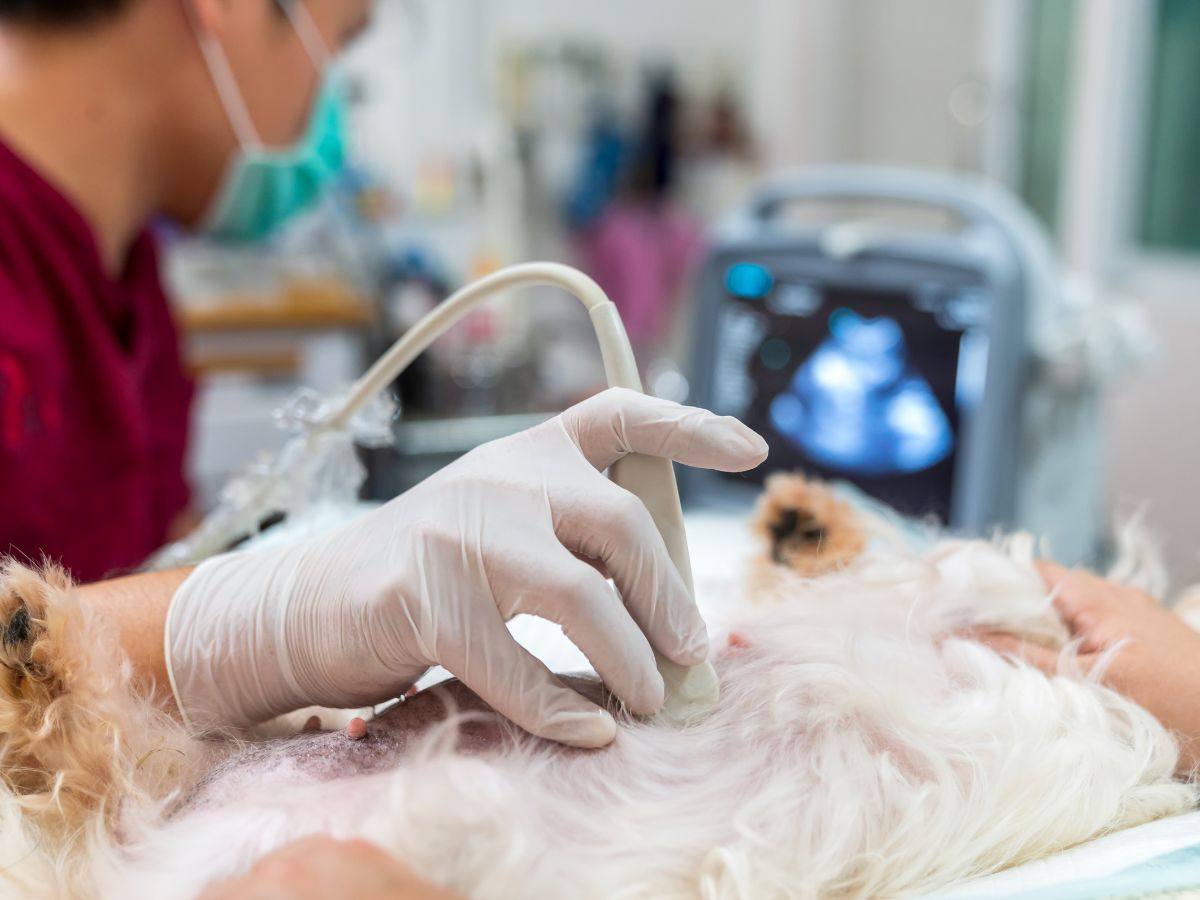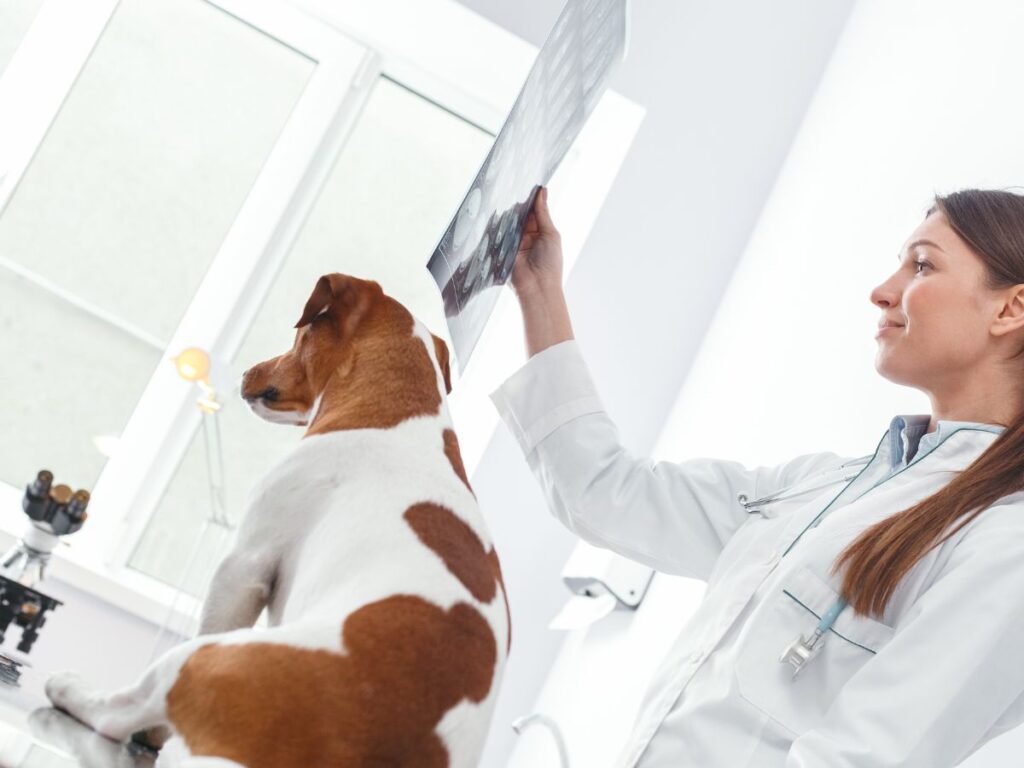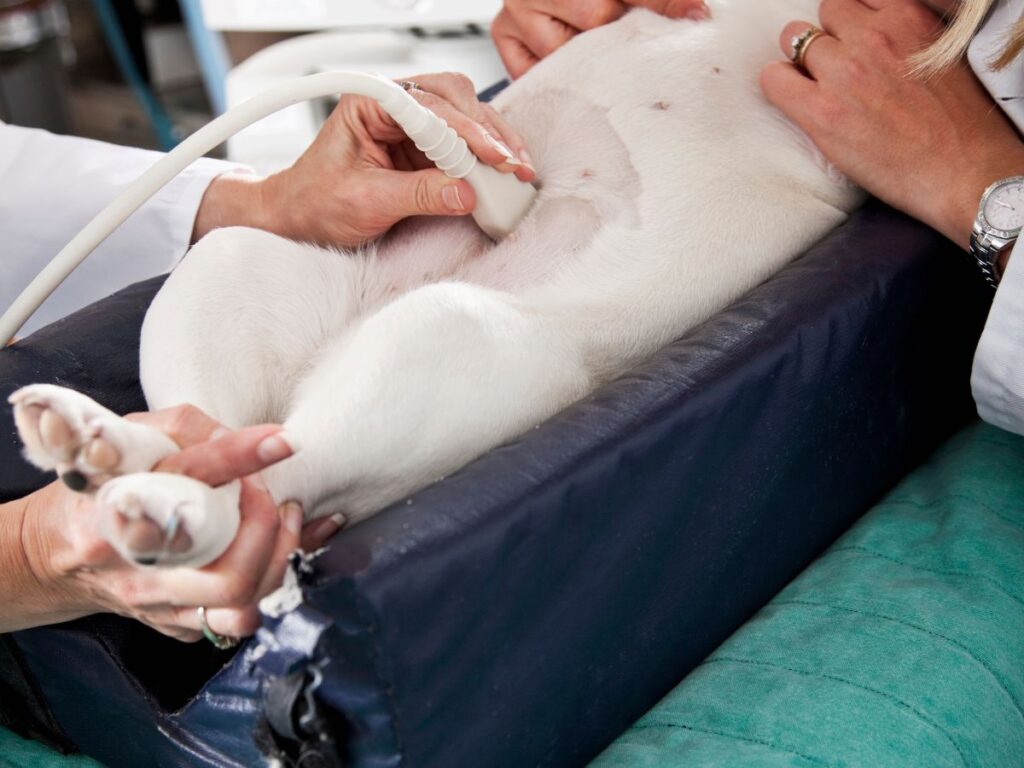
When your pet needs surgery, it’s natural to feel a mix of emotions—concern, confusion, and the deep desire to ensure their safety and comfort. One of the most critical, yet often overlooked, aspects of surgical success is diagnostic imaging, specifically pet ultrasound and pet X-ray. These tools serve as a window into your pet’s body, offering vital information that helps veterinarians make accurate diagnoses, plan procedures, and prevent complications.
Thanks to advances in veterinary medicine, both the safety and efficacy of pet surgery have significantly improved, with modern protocols and technology ensuring better outcomes for pets.
In this blog, we’ll take a closer look at how pet ultrasound and X-ray imaging are used before both elective and urgent pet surgery procedures, what pet owners in Doha should know, and how these technologies contribute to better outcomes for your furry companion.
Ultrasound and pet X-ray are not just technologies—they are essential diagnostic tools. Whether your pet is scheduled for a routine procedure or a life-saving operation, these imaging methods help answer crucial questions such as:
Imaging helps veterinarians assess your pet's health and current condition, guiding surgical decisions and ensuring the best possible outcome for your pet's well-being.
Without this information, even experienced veterinarians would be operating with limited visibility—something no pet owner would want.
An X-ray, or radiograph, uses low levels of electromagnetic radiation to create images of internal structures. It is especially effective at showing bones, joints, the chest cavity, abdomen, and dense foreign objects.

X-rays are often the first step in the diagnostic process and are particularly useful for:
Hip X-rays may require sedation or special positioning to ensure accurate results, as these procedures can be more challenging and require the animal to remain calm.
Let’s say your dog swallowed a sock or your cat isn’t eating and seems to be in pain. An X-ray can reveal if there’s a blockage or foreign object that may require surgical removal.
However, X-rays have limitations when it comes to soft tissues, which is where pet ultrasound comes into play.

Ultrasound imaging uses high-frequency sound waves to create real-time images of your pet’s internal organs. It is ideal for examining soft tissues, such as the liver, kidneys, bladder, uterus, intestines, heart, and the gastrointestinal tract.
An abdominal ultrasound is commonly used to detect abnormalities or obstructions in the abdomen, including issues within the gastrointestinal tract. Ultrasound can also assess blood flow in organs and tissues using Doppler technology, providing valuable information about circulation.
Unlike X-rays, ultrasounds can capture movement, allowing vets to see how organs function, if there’s fluid buildup, or if a mass is solid or cystic.
Ultrasound is often used to:
For example, if your cat has a swollen abdomen or your dog has recurring vomiting, an ultrasound can help pinpoint whether there’s a gastrointestinal blockage, liver problem, or an issue with the kidneys.
Ultrasound is especially valuable for internal organ issues that cannot be easily detected through physical exams or X-rays.
While both ultrasound and X-ray are powerful individually, they are often used together for a comprehensive diagnosis. Advanced imaging techniques like digital ultrasound and radiography contribute to a more accurate pet's diagnosis by providing clearer and more detailed images. Here’s why:
For example, in a pet with suspected cancer, an X-ray may reveal a suspicious mass near the ribs, and an ultrasound can help determine its nature, size, and whether it has spread to nearby organs.
Before surgery, especially in older pets or those with known health conditions, your vet will want to assess the lungs, heart, and abdominal organs to determine if the pet is a good candidate for anaesthesia. Imaging plays a key role in this evaluation.
Surgery should never be guesswork. Imaging allows the vet to know exactly where to operate, how large the incision should be, and what complications to anticipate. This reduces time under anaesthesia and improves recovery outcomes.
Sometimes, diagnostic imaging reveals that surgery may not be needed at all. Conditions such as inflammation, infections, or benign cysts might be treated with medication or minimally invasive methods instead.
As a pet owner, it’s important to understand the diagnostic process and be prepared to authorise imaging procedures before surgery. In Doha, veterinary clinics like Royal Vet Clinic offer advanced imaging services as part of their pre-operative protocol.
Here’s what to expect:
You’ll also have the opportunity to ask questions about your pet’s condition and how the surgery will proceed.
Yes. X-rays use minimal radiation and are safe when used appropriately. Ultrasounds involve no radiation at all. In some cases, mild sedation may be used to keep pets still during imaging.
X-rays typically take 10–15 minutes. Ultrasounds may take 20–30 minutes, depending on the complexity and whether a detailed scan or biopsy is required.
Usually yes, especially if sedation is required. Both cats and dogs may need special fasting or preparation instructions, so your vet will advise you on the best approach before the appointment.
Imaging helps identify a wide range of health issues, including soft tissue problems, gastrointestinal, heart, and nervous system conditions. It is also valuable for diagnosing urethral blockages that may require surgical removal, as well as other internal abnormalities.
If a mass, blockage, or organ problem is detected, your vet will discuss surgical or medical options and provide a treatment plan tailored to your pet’s condition. For urethral blockages, your vet may recommend surgery to remove the obstruction and will discuss post-operative care to ensure normal urination.
In emergencies, yes. However, planned surgeries usually involve imaging at least a day before to allow time for planning and lab tests.
This depends on the clinic. At Royal Vet Clinic, we offer transparent pricing and package options that include pre-operative imaging, lab work, and post-operative care.
Most pets, including both cats and dogs, recover well after surgery with proper care and monitoring at home. Your vet will provide specific post-operative instructions to help ensure a smooth recovery.
Your cooperation plays a big role in successful surgical outcomes. Ensure you follow your vet’s instructions for:
Don’t hesitate to ask questions about the results or the reasons behind the imaging tests. A well-informed pet parent is an empowered one.
At Royal Vet Clinic, we are committed to the highest standards of veterinary medicine. We provide comprehensive veterinary care, including advanced diagnostics and surgery. Our facility is equipped with state-of-the-art pet ultrasound and X-ray technology, allowing us to make accurate diagnoses and perform precise, minimally invasive surgeries.
While ultrasound is excellent for imaging soft tissues, it cannot pass through bone to visualise the brain and spinal cord. For detailed imaging of the brain and spinal cord, advanced diagnostics such as CT or MRI scans are required.
Our experienced veterinary team works closely with pet owners to ensure they understand each step of the process. From initial consultation to post-surgery recovery, your pet receives compassionate, professional care tailored to their individual needs.
In addition to surgical diagnostics, we also provide complete pet dental care services for pets, ensuring every part of your furry companion’s health is well looked after.
If your pet is facing surgery or showing signs of illness, don’t wait. Visit Royal Vet to book a consultation or learn more about our imaging and surgical services. We’re here to help you make informed decisions that lead to healthier, happier pets.
"*" indicates required fields